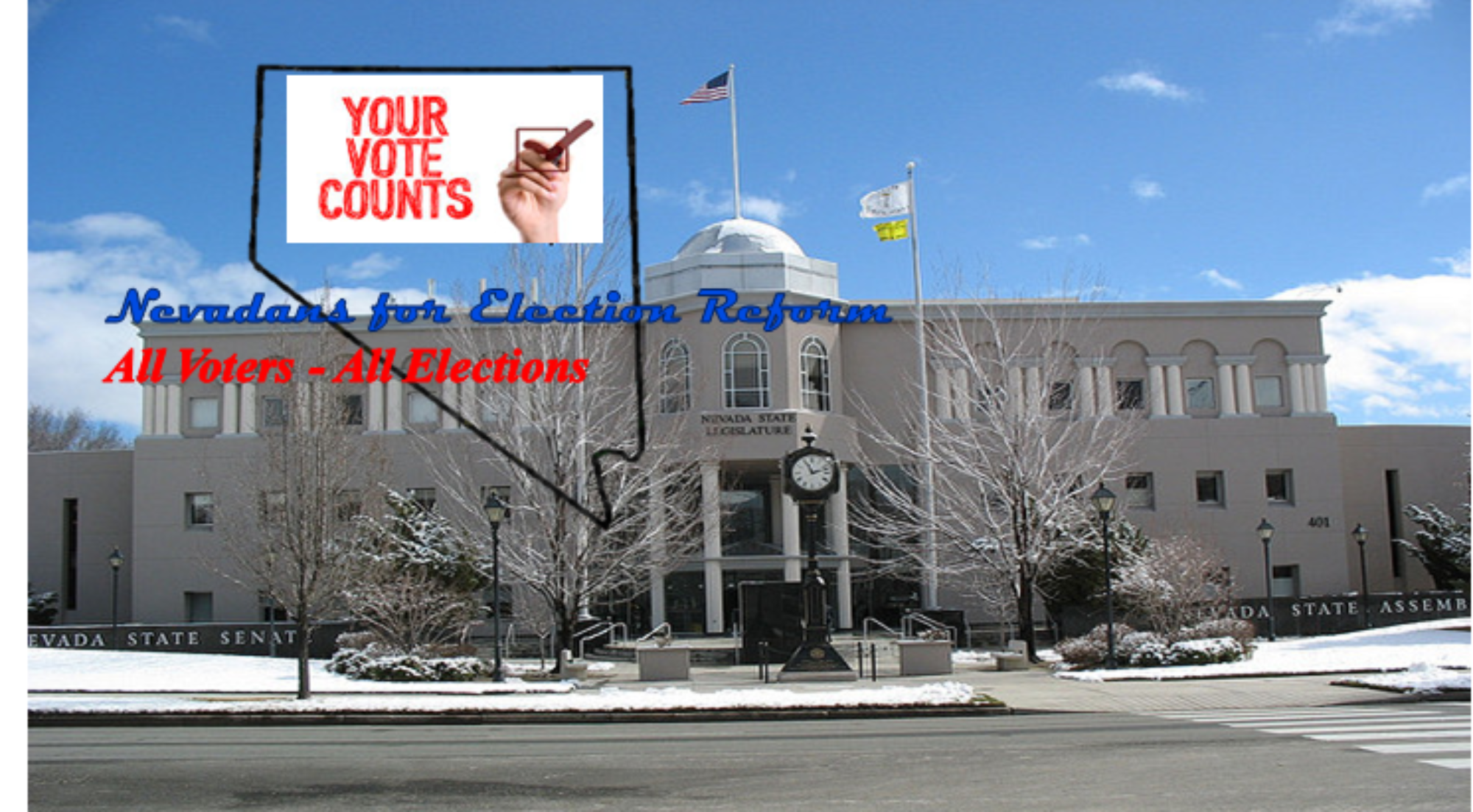Another school shooting, more “thoughts and prayers”. These words are followed by more rhetoric, dogmatic talking points, and the same recommended “solutions”.
Violence in our schools and neighborhoods is not the only issue suffering from this type of tired response. Immigration, taxes, medical care, affordable housing, transportation and infrastructure, are just a few more. Partisan rhetoric, the same talking points, and the same “solutions” are presented. Since the current election process rewards maintaining divisiveness, there are not real conversations on “solutions”.
But are the “solutions” being presented, dogmatic and repetitive as they are, really solutions to the problem? No, they are merely band-aids addressing symptoms. Even if discussion takes place and remedies implemented, the issues never seem to go away, the remedies don’t last, and the problem “keeps on giving”.
Why is this? The answer is simple; root cause. Find and solve the root cause, the problem should not return.
If it’s simple why aren’t legislators doing this? Most likely they are not aware of the term or its meaning. It could be a lawyer’s mindset, win the case and move on to the next one. It could be finding the root cause is too difficult and takes too much time. These are excuses. Yes, identifying the root cause is not easy and it does take time and commitment. But, if done properly, problems are actually solved.
The current political environment is not conducive to finding and addressing root cause. Our current election process rewards politicians for maintaining the divisiveness, for being dogmatic, and not willing to respectfully discuss all sides of an issue.
Ranked choice voting and the Greater Choice – Greater Voice initiative proposed by Nevadans for Election Reform encourages elected officials to work together, to collaborate, to reach consensus. Once people start talking, the idea of identifying and solving the root cause can enter the conversation. Imagine the time and energy saved if a problem is truly solved, never having to be revisited.
Regardless of the issue, nothing will happen if those responsible for finding the solution are not willing to talk. Changing the process to encourage positive dialog is the first step that that will allow all others to be taken. Once dialog begins, the root cause can be identified. Real solutions not band-aids to symptoms can become the rule not the very rare exception.
